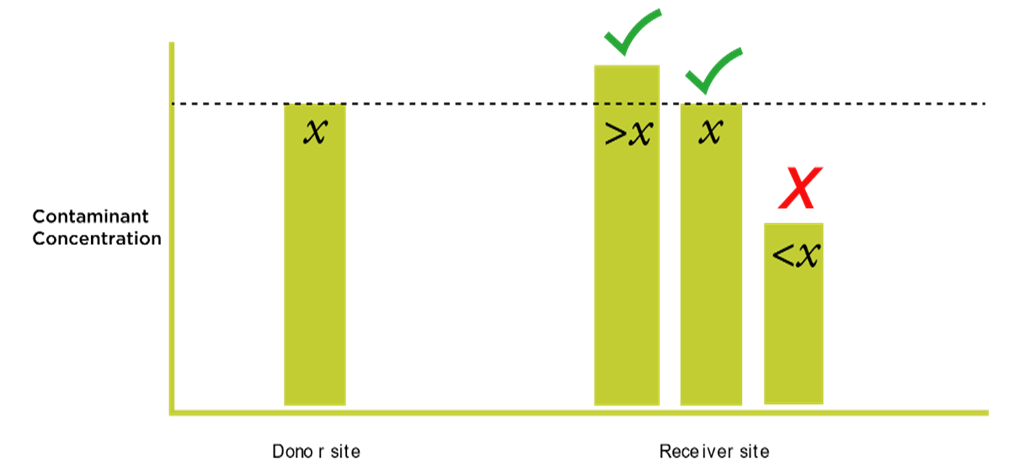The principles from which Watch Point 15 (on page 31 of DoW CoP) are derived apply to all projects using the DoW CoP, so it is important to understand what information is required to ensure it is complied with.
Although often discussed in the context of Cluster sites using brownfield soils, Watch Point 15 is equally relevant to Direct Transfer projects. The reuse of materials with naturally occurring contamination needs to be assessed and properly understood under Direct Transfer projects.
Watch Point 15 derives from the Waste Framework Directive (WFD) principles that sites must not be further degraded (in relation to Human Health and/or the environment) by import and reuse activities at Receiver site(s).
Watch Point 15 therefore requires transfer projects (e.g. Cluster and Direct Transfer) to not just assess materials being moved and establish their contaminant profile, or the potential presence of greenfield contaminants such as recalcitrant pesticides. It also requires a baseline understanding of the current status of the Receiver site. As confirmed in the DoW CoP training, naturally occurring contaminants taken from one setting to another can have significant impacts on sensitive Receiver site settings if not properly characterised and understood. This means some level of environmental sampling is required to understand the baseline at the Receiver site and compare this against any import materials test results. The level of testing will depend on soil type and homogeneity within the excavated materials at Donor sites and at the Receiver site deposit areas.
It is not acceptable under the WFD requirement to say that the imported material meets a relevant land use criteria and so is acceptable. Watch Point 15 requires that no degradation occurs to land quality. This means it is not just about risk-based criteria for the Receiver site, it is about benchmarking against the natural site baseline and any discrepancy over that in proposed import materials. Using site-specific risk-based criteria is appropriate for the Site of Origin context, for either anthropogenic or naturally occurring contamination. However, for material transfers to third party sites, the Receiver site baseline must also be used as a relevant benchmark to set import criteria. See diagram below for Watch Point 15 contaminant levels, as shown in the DoW CoP training.

Imported materials must also have regard to source mass as causing an increase in the mass source term at the Receiver site would result in an overall degradation of the site conditions.
No new contamination can be introduced to a Receiver site. This may be especially important for Donor sites with potential emerging contaminants of concern, which may not have previously been part of standard testing suites, such as materials from areas of grassland i.e. airports grounds or fire station premises, which may have been impacted by firefighting runoff.
Therefore Qualified Persons must ensure where materials are transferred, including those using Direct Transfers from greenfield sites, that projects have a proper understanding of Watch Point 15 requirements. Baseline assessment of Receiver sites must be presented as well as appropriate risk assessment to provide a control for any imports.